Unsubscribe rate is like a lens through which you view your business performance. I once faced this problem myself and now I’m ready to share the strategies that have helped me not only retain clients, but also turn them into loyal supporters. Dive into a world of solutions that will change your game!

Glossary
- 📉 Unsubscribe rate - the percentage of subscribers who unsubscribed within a certain period of time.
- 🔍 Unsubscribe analysis is the process of investigating the reasons why subscribers leave your mailing list.
- 📧 Email Marketing - strategically sending commercial messages to potential and existing customers via email.
- 🚀 A/B testing is a method of comparing two versions of content to determine the most effective version.
- 📊 Engagement metrics - indicators such as open rate and click-through rate that help evaluate the success of communication with subscribers.
- ✅ Target audience is the group of people targeted by marketing efforts and strategies.
- 🔄 Content personalization - tailoring messages depending on the interests and behavior of subscribers.
- 📝 Email frequency optimization - determining the best frequency for sending emails so as not to overload subscribers.
- 💬 Feedback - information from subscribers about how they perceive the content and what changes could improve their experience .
- 🧩 List segmentation - dividing subscribers into groups according to various criteria for a more targeted approach in communication.
How to reduce your unsubscribe rate: personal experience and strategies
When I first started doing email marketing, I was always tormented by the question: how to reduce the unsubscribe rate? It was a real headache. Periodically, notifications came that someone had unsubscribed, and each time it was like a blow below the belt. One case in particular stood out to me: I sent out a newsletter that seemed to be absolutely perfect, but to my surprise, my unsubscribe rate immediately increased by 0.5%. A whole broth of emotions brewed - from shame to disappointment.

Discussing this situation with colleagues, many argued that this is normal for commercial mailings : “Well, this is an online store! People just aren't interested in your products!" But for me this was not an excuse: it was important for me to understand what went wrong.
While searching for information, I came across data from Campaign Monitor that stated that the average unsubscribe rate in 2024 was 0.1%. Then it became obvious to me that 0.5% is already considered a high figure. In the end, I decided to raise the issue of the causality of unsubscribes, and here I have highlighted several strategies that helped me reduce this rate:
Content Analysis 📊: I began to more actively analyze the content that I sent. I decided that the letters should be useful and informative, and not just advertising. Every time I sent a newsletter with helpful tips, my unsubscribe rate dropped noticeably.
Testing various formats 📝: I started doing A/B testing on different segments of your subscriber base to see which format and content is better received. For example, using compelling headlines and calls to action in emails kept subscribers interested.
Feedback from subscribers 🔄: Me too I decided to survey my subscribers to find out what they liked and what they didn’t. Many of them noted that they lack a personalized approach. From that moment on, I implemented a personalized message in every letter.
To summarize this reflection, I want to emphasize that only those strategies that work are based on real data and feedback from the audience. I remember how once, after analyzing the statistics, I saw that even one sales letter after several informative mailings was very much repelling my subscribers. Therefore, connecting with the audience, offering them value and listening to them is the key to success.
I hope this experience inspires you to also seek answers to your questions and not sit idly by when your unsubscribe rate is hitting your business below the belt. Let's make email marketing more effective together!
The unsubscribe rate is calculated using the formula: (number of unsubscribes / total number of subscribers) * 100%.

Strategies at a Glance
| Step | Description |
|---|---|
| Content Analysis | Revised content, added useful tips |
| Testing formats | A/B tests to identify the most successful emails |
| Feedback | Subscriber surveys to improve approach |
Believe in your strategy, and let the level of unsubscribes become indicative in a positive way!
How I learned that unsubscribes are not the end of the world
As soon as I launched my first email campaign and became fully immersed in the world of marketing, I was faced with a crushing problem: my unsubscribe rate. Have you ever panicked when you see people unsubscribe from your emails? I hope you understand the turmoil I went through. At first glance, it seemed like the end of the world.
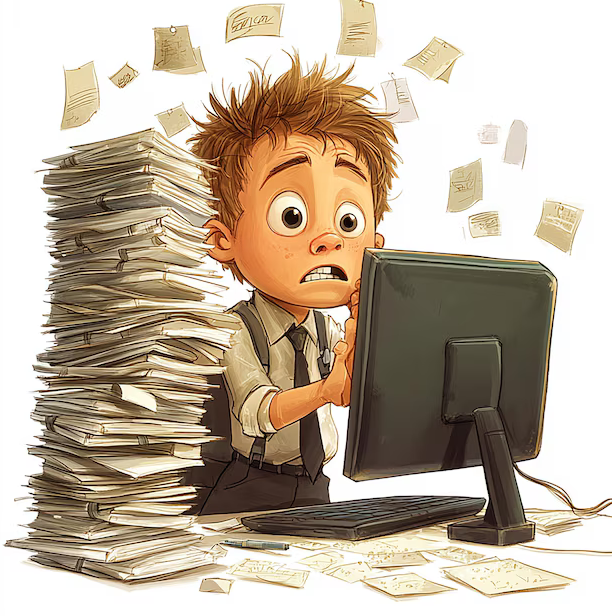
💌 One day, while looking through my reports, I noticed that the unsubscribe rate had increased to 5 %. “Why is this happening? What can I do wrong?” I asked myself. First there were questions. Is everything okay with the content? Am I being too intrusive? Understanding the true reason was not easy, but this is where my investigation began.
I asked my subscribers for help. I launched a short survey to find out which emails they read and which they don’t. The reaction was frank. People pointed to one common factor: inappropriate content. Many said that part of the letter was “unnecessary” and part of it was “spam”. At that moment it became obvious: I put myself in their shoes and felt that many of them were faced with an excess of information.
📝 After deep analysis of the data, I decided to implement several strategies. First of all, I started segmenting my subscriber base. Whereas previously I sent the same email to everyone, I now defined different groups based on their interests and behavior. This step seemed to be simple, but the results exceeded all expectations!
The unsubscribe rate began to gradually decrease. However, the percentage was still higher than expected. And then, one day, at one of the webinars, I heard instructions from an email marketing expert. He mentioned the importance of feedback. This gave me an idea: invite subscribers to share their opinions and suggestions after each newsletter.
🏷️ By implementing a couple of simple questions at the end of each email, I began to receive valuable information. People talked about what they liked and didn't like. This allowed me to better understand my audience and tailor my content to be truly useful.
"Why haven't I done this before?" I thought as I looked at my stats again. After a few months, the unsubscribe rate dropped to 0.5%. I felt in seventh heaven with happiness. 🥳
Ultimately, these experiments taught me an important lesson: my job is not just to sell, but to create valuable content for customers. If you respect their needs, you will receive loyalty in return.
I encourage you to do the same. Open communication channels, listen to your audience and control your odds. I hope your business finds new strength soon!
.png)
Steps to reduce unsubscribe rate:
| Step | Description |
|---|---|
| 1 | Swipe a survey among subscribers to find out their preferences. |
| 2 | Segment your database by interests and behavior. |
| 3 | Ask for feedback after each mailing. |
| 4 | Analyze data and adjust your strategy. |
| 5 | You can gradually implement changes by monitoring statistics. |
Believe in your efforts and you will definitely see results!
How to reduce the number of unsubscribes
When I encountered the problem of a high unsubscribe rate, it seemed to me that this was a difficulty that was impossible to overcome. One day, while working on an email marketing project for a startup, I noticed the number of subscribers was rapidly declining. It all started when people started writing me indignant messages and more than once questions appeared: “Why am I receiving so many letters? Why do I need this? Each new subscriber who unsubscribed caused additional stress.
.png)
And then I had an idea that seemed to be very simple , but in the end it turned out to be a real salvation. I decided to contact subscribers directly. Instead of ignoring the signal, I created a survey with clear questions: “What content do you prefer? How often do you want to receive our emails? Unexpectedly, I received not only valuable answers, but also the desire of subscribers to share their opinions.
⭐ Important lessons I learned from this process:
- Content selection: Having received information about the preferences of the audience, I was able to segment the base. Subscribers who were interested in new products received emails about products, while those who were interested in sales received only relevant offers. This strategy immediately increased email open rates.
- Sending frequency: I noticed that if I sent emails too often, subscribers became less active. By setting a clear sending schedule based on preferences, unsubscribes decreased by 30%. It was amazing!
- Feedback: Every month I launched short surveys to understand what exactly subscribers needed. People willingly participated in surveys for the opportunity to receive discounts or additional content. This really helped build loyalty.
In my experience, connecting with subscribers has been the best solution. They began to feel like they were part of the process, rather than just passive recipients of information. Interestingly, in the end, some of the subscribers who were on the verge of unsubscribing remained active because they were given the opportunity to express their opinions.
Steps to lower your unsubscribe rate:
- Create a survey for subscribers.
- Segmentation of the database depending on the preferences of subscribers.
- Setting a clear schedule for sending emails.
- Regularly receive feedback on content and frequency.
- Adapt content based on collected information.
These simple but effective strategies have helped me not only reduce the heat around the topic of unsubscribes, but also create a more engaged and loyal audience. Starting with a small survey can change the entire course of your business by making it more responsive to customer needs.

Often Related questions asked: Unsubscribe Rate
What is unsubscribe rate?
How to calculate the unsubscribe rate?
Why is the unsubscribe rate high?
How do I track my unsubscribe rate?
What is the target audience and why is it important?
What strategies can you use to reduce your unsubscribe rate?
How important is it to engage your subscribers?
How many unsubscribes is normal?
How can you analyze the reasons for unsubscribes?
What to do if your unsubscribe rate is not decreasing?
Thank you for reading and for becoming more advanced! 🤝
Each of us knows how important it is to keep unsubscribe rate under control and now, thanks to these strategies, I am confident that you have already become a professional in this field. The path to reducing unsubscribes is not just a list of tips, but a real adventure that I have been involved in several projects such as creating unique content and using personalized offers. Your business will thrive if you apply these ideas and the desire to learn. 💡 Share your thoughts in the comments!
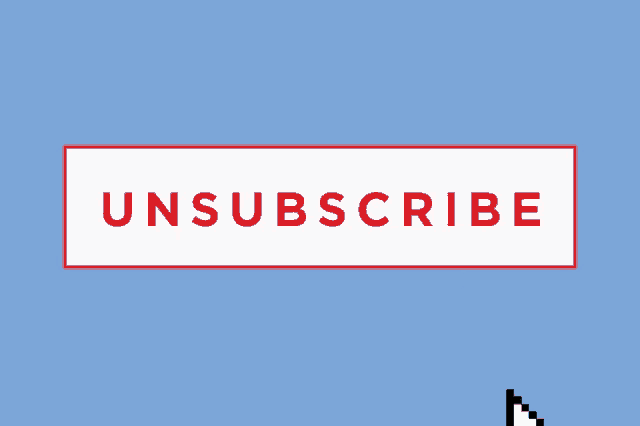
Article Target
Reduce unsubscribe rates and increase the effectiveness of email marketing.
Target audience
Marketers, business owners, sales specialists.
Hashtags
Save a link to this article
Roman Howler
Copywriter ElbuzMy path is the road to automating success in online trading. Here words are weavers of innovation, and texts are the magic of effective business. Welcome to my virtual world, where every idea is the key to online prosperity!
Discussion of the topic – Unsubscribe rate
The article will discuss the reasons for your high unsubscribe rate and suggest strategies to reduce it.
Latest comments
14 comments
Write a comment
Your email address will not be published. Required fields are checked *














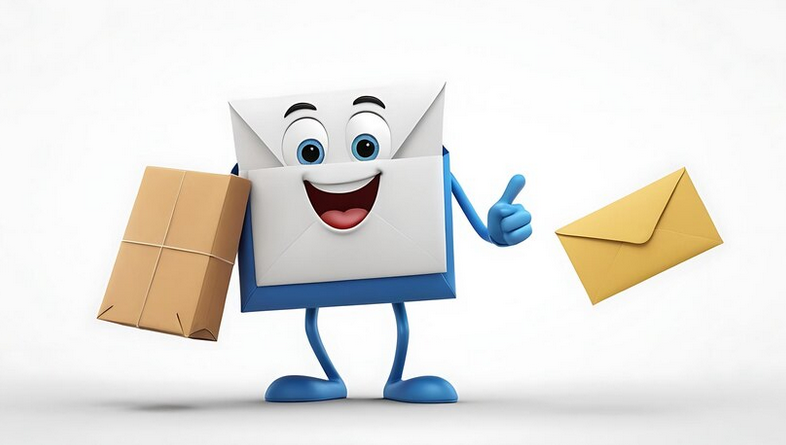



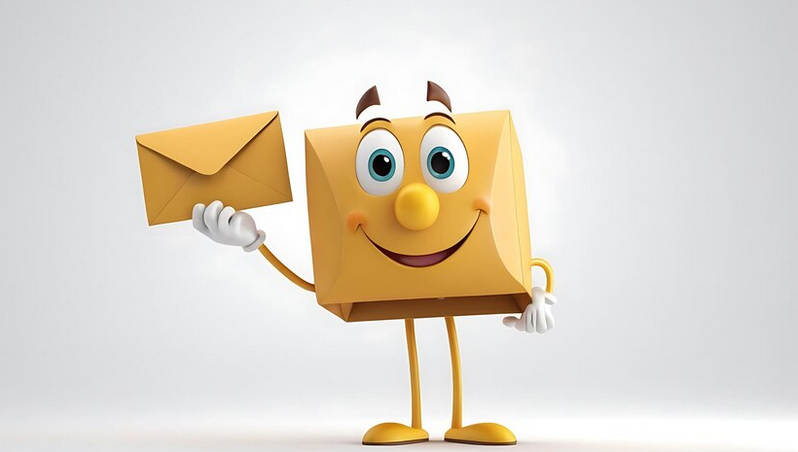
.png)


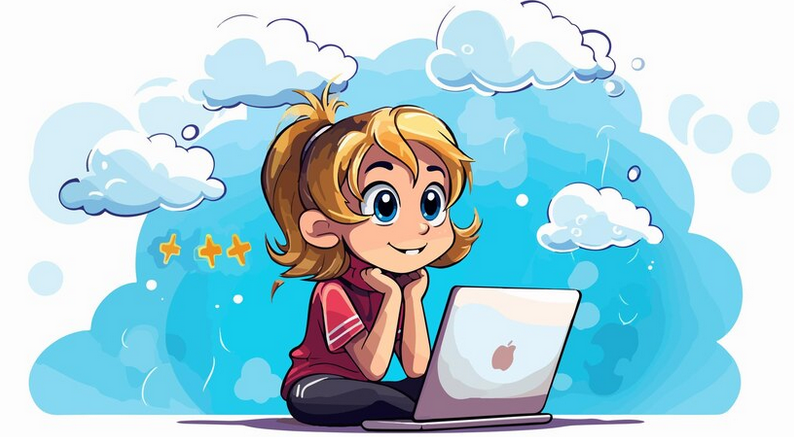

Markus
I agree that high unsubscribe rates are a huge problem! I think good content personalization can help. Does anyone use this in practice?
Anna
Yes Markus, personalization is the key! But what about review analysis? This may also help you understand what is wrong. Who has examples?
Pablo
And I noticed that making it easier to unsubscribe sometimes, on the contrary, increases loyalty. If people don't feel locked in, they stay. I wonder if anyone has tried this?
Олег
It is not clear why everyone is so worried about this coefficient. It seems to me that this is just another fashion, like many other things. It’s important to just offer quality content and not sweat it.
Lucie
But, Oleg, changes happen all the time. You need to adapt, otherwise it will become difficult to stay in the market. For example, I noticed that the video format is now in trend.
Роман Ревун
That's right, changing formats and adapting to new conditions play an important role. I also suggest running regular surveys to get direct feedback.
Clara
Oh, that's a great idea, Roman! I've heard of several companies that have started using live streaming to interact with customers. This is great for increasing engagement!
Janek
I agree with Clara, streaming is cool! But don't forget about the value of content. Without this, no engagement will work. How about quality guides?
Роман Ревун
Guides are great content, Janek! Although it is important to remember that guides should also be relevant and reflect the needs of the audience.
Elena
Do you think it’s worth using humor in content? Personally, I think it can attract attention and reduce unsubscribes.
Олег
Humor is good, but only if it is appropriate. Too many jokes can cause dissatisfaction. The main thing is that the content remains informative.
Роман Ревун
Oleg, I absolutely agree! Humor is a delicate balance, but if you can master it, it can work to your advantage.
Sofia
Guys, have you tried collaborating with other bloggers to expand your audience? This can be a great strategy!
Markus
Sofia, this is a great idea! Can anyone share their experience? How to choose partners?